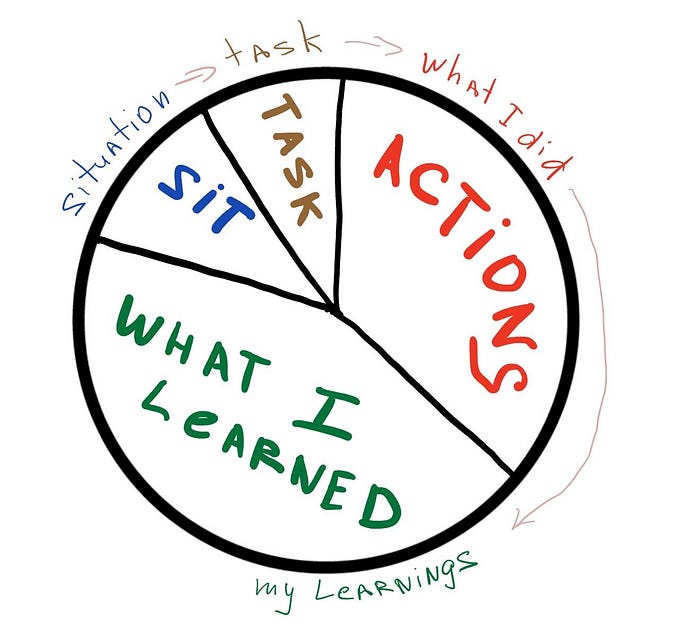
Scope 3 Emissions: Why they are the real challenge!
Climate change is one of the greatest challenges of our time. A central key to reducing its impact is the reduction of CO2 emissions. Here, emissions refer to the release of greenhouse gases (GHG) into the environment as a result of corporate activities. With the Green House Gas Protocol as the standard for recording and reporting GHG emissions, a categorisation into Scope 1, 2 and 3 emissions has been made. This categorisation provides an insight into the life cycle phase in which significant quantities of emissions are generated. Scope 3 emissions are of particular importance, which we are focussing on today.
The Green House Gas Protocol (GHG Protcol) provides the most recognised accounting standard for green house gas (GHG) emissionens. Within this standard the GHG emissions are categorized into three scopes.

Talking about Scope 1 emissions refers to direct emissions that originate from company-owned and controlled resources. This describes emissions that are emitted directly into the atmosphere as a result of the company’s activities. Examples include the combustion of fuel in company resources such as trucks or process emissions that occur during industrial manufacturing processes.
Scope 2 emissions are indirect emissions resulting from the generation of energy purchased by the company. This refers to all greenhouse gas emissions that are emitted through the consumption of purchased electricity, steam, heating and cooling. A distinction can be made at this point. Scope 2 emissions are the emissions generated by the end consumer. However, the supply company also generates emissions through the provision of energy. These emissions are declared as Scope 3 emissions.
Scope 3 emissions are all emissions that are not under the control of the reporting company. In other words, all indirect emissions — excluding Scope 2 emissions — that arise in the upstream and downstream value chain. This includes all emissions generated during the production and transportation of purchased products and the use of the products produced and sold. A total of 15 categories of Scope 3 emissions are described by the GHG Protocol.
Coporate Carbon Footprint (CCF) vs Product Carbon Footprint (PCF)
As the headline suggests, there is a difference in the objects under consideration, i.e. the company vs. the product. In the case of the product, different life cycle phases such as raw material extraction, production, logistics, up to the factory gate and, depending on the focus (keyword Cradle to Cradle!), even beyond are considered. When determining a CCF, all of the company’s activities are taken into account, including those that cannot be assigned to the manufacturing process of a product. This includes, for example, employee business trips, research and development work and all energy used by the company. The PCF is therefore also a subset of a company’s emissions, as it represents the emissions associated with the life cycle of a particular product. The PCF is of a particular importance when it comes to transparently sharing GHG emissions in the value chain. Companies that want to measure their Scope 3 emissions therefore need their suppliers to provide the PCF.
It is regulartory neccessary!
In many cases, Scope 3 emissions along the value chain are the biggest drivers of greenhouse gas emissions. However, recording and optimizing Scope 3 is very time-consuming and complex for companies. When reporting GHG in accordance with the GHG Protocol Corporate Standard, Scope 1 and 2 emissions are required, while Scope 3 are optional. If the aim is to report greenhouse gas emissions in accordance with the GHG Protocol Scope 3 Standard and the Corporate Standard, reporting Scope 3 emissions is mandatory. In the context of the EU’s Corporate Sustainability Reporting Directive (CSRD) and the associated European Sustainability Reporting Standards (ESRS), criteria (including the disclosure of emissions in Scope 1–3) are also becoming key reporting topics in the context of climate change and therefore also any economic activity that is associated with GHG emissions.
Why should Scope 3 emissions be measured?
Reducing Scope 1&2 emissions is an easier objective than reducing Scope 3 emissions, as these are out of the company’s direct control. This makes it easier to focus on the things that can be directly measured and influenced. However, neglecting scope 3 emissions is not recommended. Especially for industries [1] that focus on value creation processes outside of direct control. Measuring and analyzing Scope 3 emissions along the value chain is an essential step for these companies to optimize their activities for a “greener” economy. Only through measurement is it possible to identify “hotspots” of emissions and to reduce them. In a globalized world in combination with complex product structures involving a large number of purchased parts, supplier selection is a decisive lever for reducing GHG emissions. Furthermore, it is possible to support the product development process as well as the subsequent production and the associated procurement processes with the necessary database for decision-making. Not to mention the fact that the disclosure of emissions along the entire value chain is becoming increasingly strictly regulated and mandatory.
Automotive sector as an example
Due to its structure, the automotive sector is an excellent example for a consideration of Scope 3 emissions and their influence in the value chain. The picture is characterized by a few large OEMs, which have a large number of suppliers along the value chain due to their focus of expertise. In order to optimize this network, it is necessary to identify the focal points. A look at the distribution of scopes in the automotive industry reveals an exciting picture [2]. The downstream utilization phase is by far the biggest driver (74.8% on average), followed by 18.6% of the upstream supply chain. In-house production, in scopes 1 and 2, only accounts for around 1.9% of emissions on average.

This distribution takes on a new significance with increasing environmental awareness and the associated transformation towards e-mobility. Electrification of mobility reduces emissions in the use phase and creates new priorities. In the case of production, the battery poses a particular challenge here, as the GHG emissions in production are almost double those of combustion engines [3]. New approaches must be found here, both in design and in the selection of raw materials. However, there is also increasing pressure on suppliers to make their own production more efficient and sustainable on the one hand, while on the other hand there are increased transparency requirements for supplier parts with regard to the disclosure of GHG emissions. Key challenges in the supply chain are issues such as data quality, transparency and availability, which need to be addressed in order to initially identify and select green products [4].
3 key takeaways for tackling scope 3 in the context of your digital transformation
- Product-related data should be available in the company holistically on the basis of product structures (this helps for simple differentiation in Scope 1–3), particularly with regard to optimisations in design and decisions in the portfolio as well as product variants (further information on life cycle data management: www.contact-software.com).
- Data sovereignty is crucial for a trustworthy scope 3 calculation, especially in the context of upstream and downstream value creation (this is where potential dataspaces such as Gaia-X or Cartena-X etc. come into focus).
- Open and accepted data interfaces for communication and integration of different stakeholders with their environmental-related product data within heterogeneous value chains. Here, for example, the AAS is a potential enabler. Especially in combination with concepts like a Digital Product Pass (DPP).
References & Further Information:
[1] https://cdn.cdp.net/cdp-production/cms/guidance_docs/pdfs/000/003/504/original/CDP-technical-note-scope-3-relevance-by-sector.pdf
[2] https://www.gruene-bundestag.de/fileadmin/media/gruenebundestag_de/themen_az/mobilitaet/pdf/Kurzstudie_Klimaschutzstrategien_Automobilindustrie_Endfassung.pdf
[3] https://www.agora-verkehrswende.de/fileadmin/Projekte/2018/Klimabilanz_von_Elektroautos/Agora-Verkehrswende_22_Klimabilanz-von-Elektroautos_WEB.pdf
[4] https://www2.deloitte.com/content/dam/Deloitte/de/Documents/risk/Deloitte-POV-Dekarbonisierung-der-Lieferkette_EN.pdf
About CONTACT Research. CONTACT Research is a dynamic research group dedicated to collaborating with innovative minds from the fields of science and industry. Our primary mission is to develop cutting-edge solutions for the engineering and manufacturing challenges of the future. We undertake projects that encompass applied research, as well as technology and method innovation. An independent corporate unit within the CONTACT Software Group, we foster an environment where innovation thrives.











